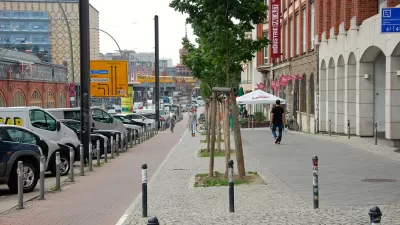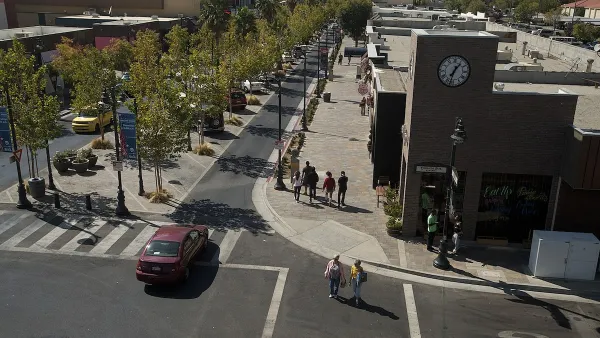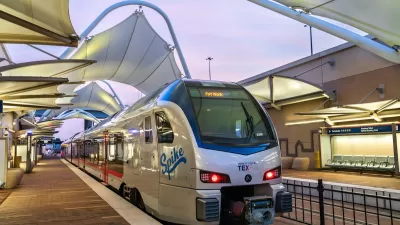The Texas city is the largest municipality so far to sign onto the Blue Zones Project, an initiative for improving longevity. In a nutshell, Blue Zones wants to make healthy choices the easy ones.
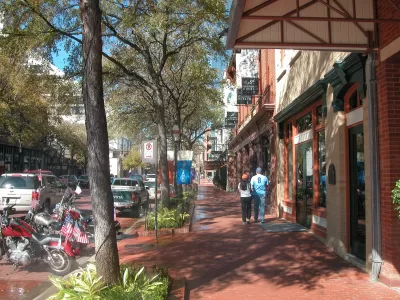
Recently adopted in Fort Worth, the Blue Zones Project "aims to 'reverse-engineer longevity' into a community by promoting a number of principles gleaned from National Geographic explorer Dan Buettner's observations of healthy and long-lived communities around the globe."
Inspired by Buettner's findings from five places where people tend to live to age 100, Blue Zones encourages movement toward a "tipping point" where healthy becomes the default choice. Fort Worth "needs to get 111,000 people 15 and older to sign the personal pledge, 25 percent of schools, and enough employers to represent 85,000 employees."
Program coordinators emphasize that the project isn't about making people do anything. Instead, Blue Zones seeks healthy infrastructure improvements where possible, including changes to the built environment favoring walkability, healthy eating, and physical movement.
In conjunction with this effort, Fort Worth "has introduced WalkFW, a pedestrian transportation plan, and a new bicycle and pedestrian advisory committee is working on improvements to a 2010 cycling plan. The city is also working on a complete streets program as well as considering a program that would let vendors take produce carts into food deserts."
FULL STORY: City of Fort Worth Hopes to Get People Walking Till They’re 100

Maui's Vacation Rental Debate Turns Ugly
Verbal attacks, misinformation campaigns and fistfights plague a high-stakes debate to convert thousands of vacation rentals into long-term housing.

Planetizen Federal Action Tracker
A weekly monitor of how Trump’s orders and actions are impacting planners and planning in America.

Chicago’s Ghost Rails
Just beneath the surface of the modern city lie the remnants of its expansive early 20th-century streetcar system.
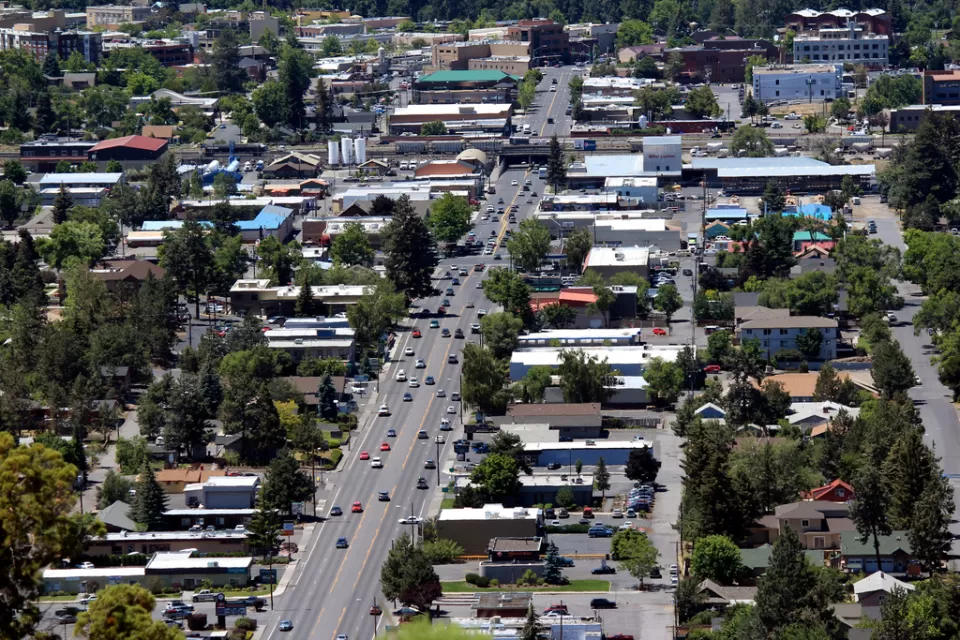
Bend, Oregon Zoning Reforms Prioritize Small-Scale Housing
The city altered its zoning code to allow multi-family housing and eliminated parking mandates citywide.

Amtrak Cutting Jobs, Funding to High-Speed Rail
The agency plans to cut 10 percent of its workforce and has confirmed it will not fund new high-speed rail projects.

LA Denies Basic Services to Unhoused Residents
The city has repeatedly failed to respond to requests for trash pickup at encampment sites, and eliminated a program that provided mobile showers and toilets.
Urban Design for Planners 1: Software Tools
This six-course series explores essential urban design concepts using open source software and equips planners with the tools they need to participate fully in the urban design process.
Planning for Universal Design
Learn the tools for implementing Universal Design in planning regulations.
planning NEXT
Appalachian Highlands Housing Partners
Mpact (founded as Rail~Volution)
City of Camden Redevelopment Agency
City of Astoria
City of Portland
City of Laramie


























